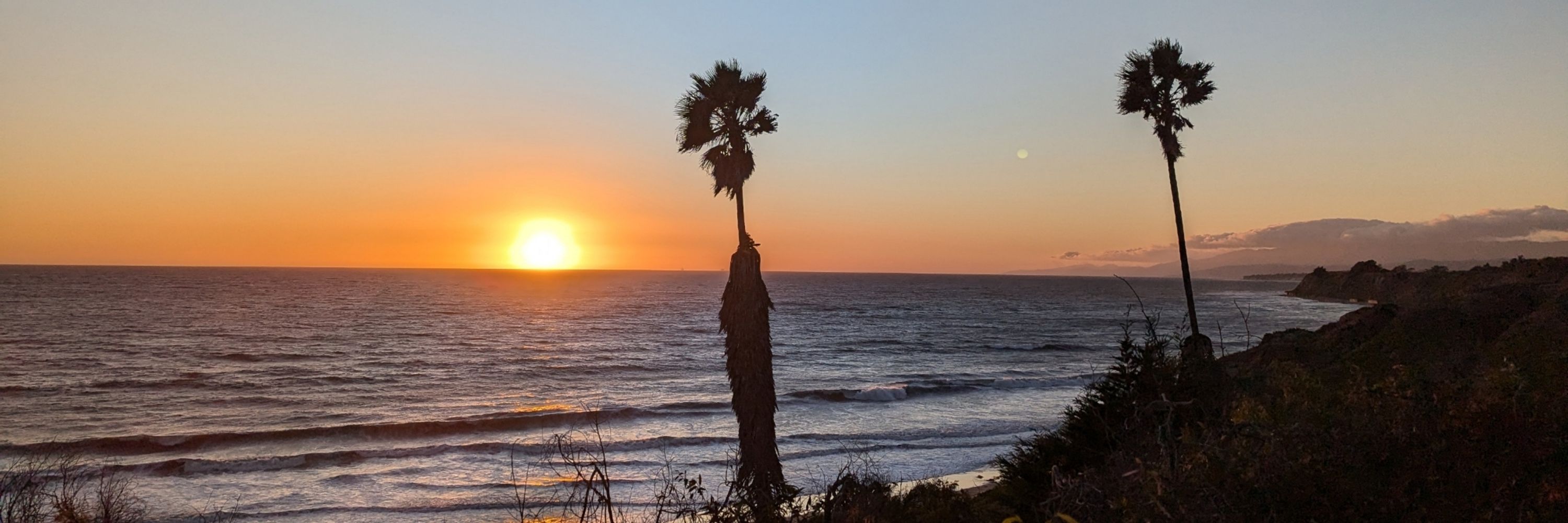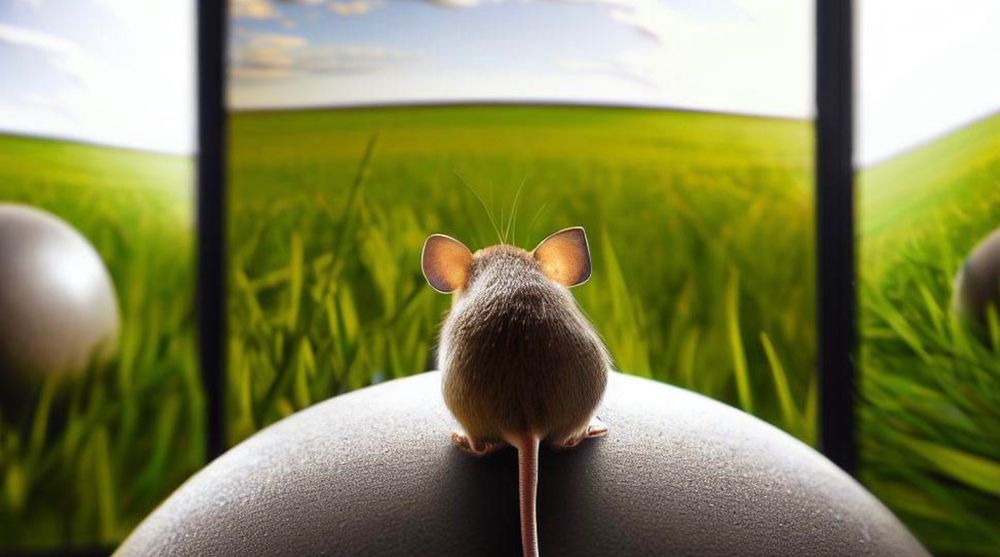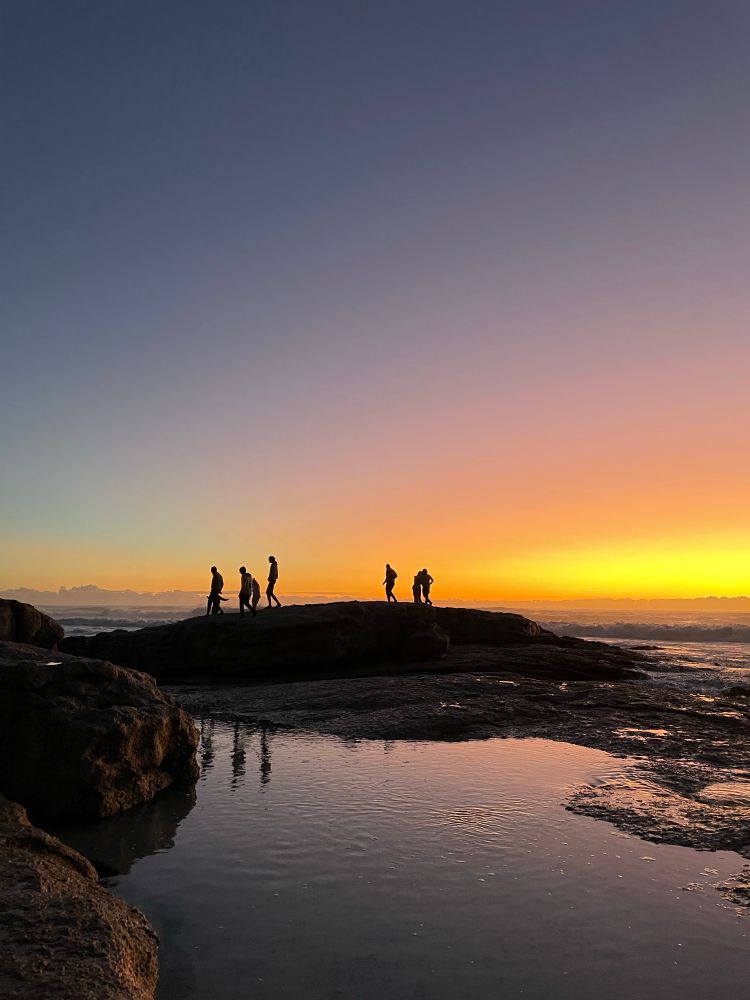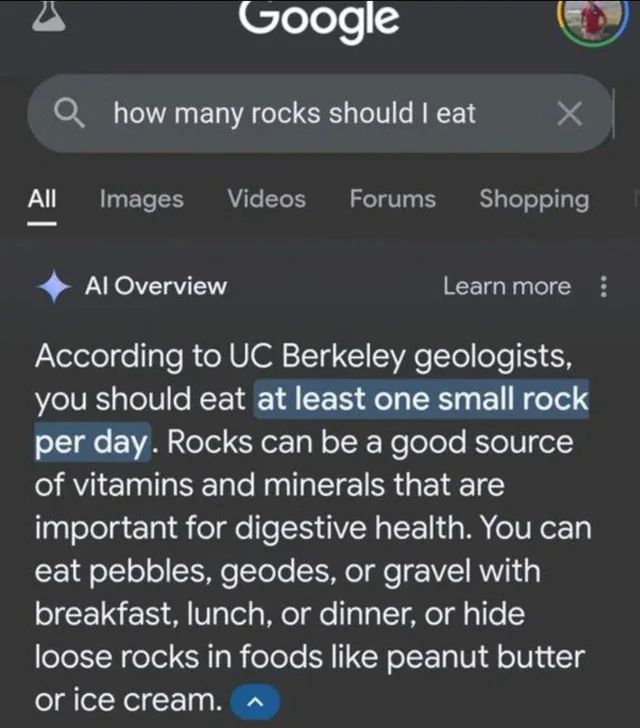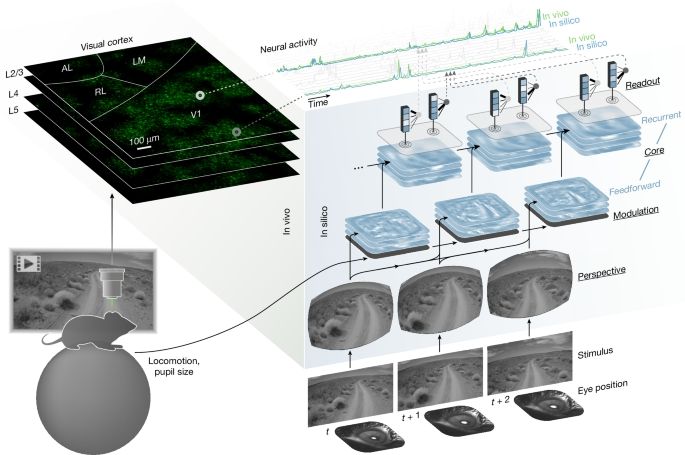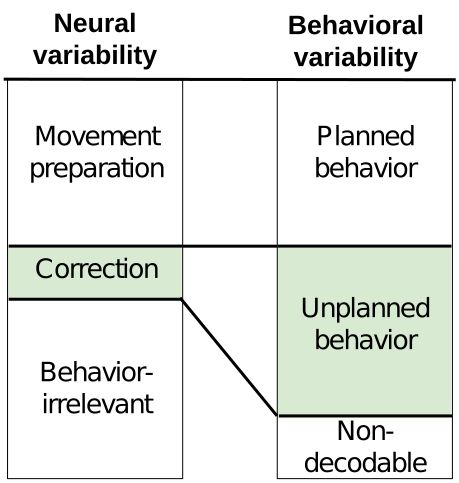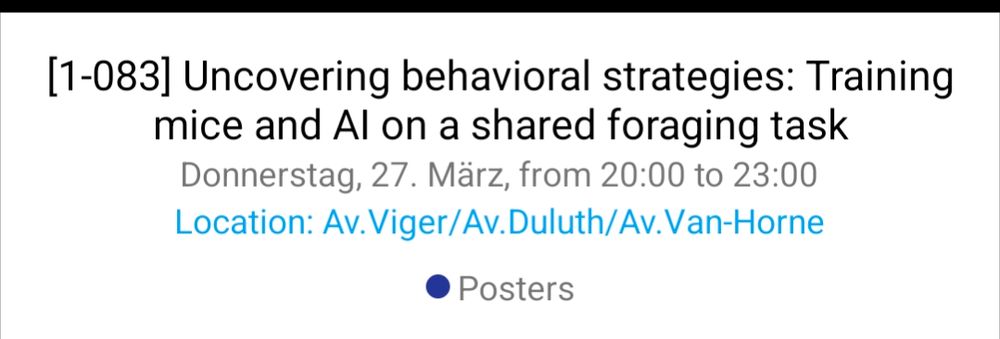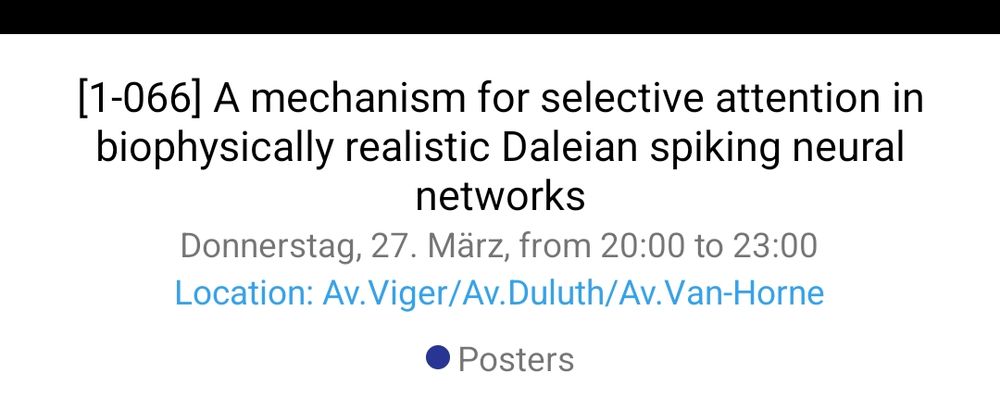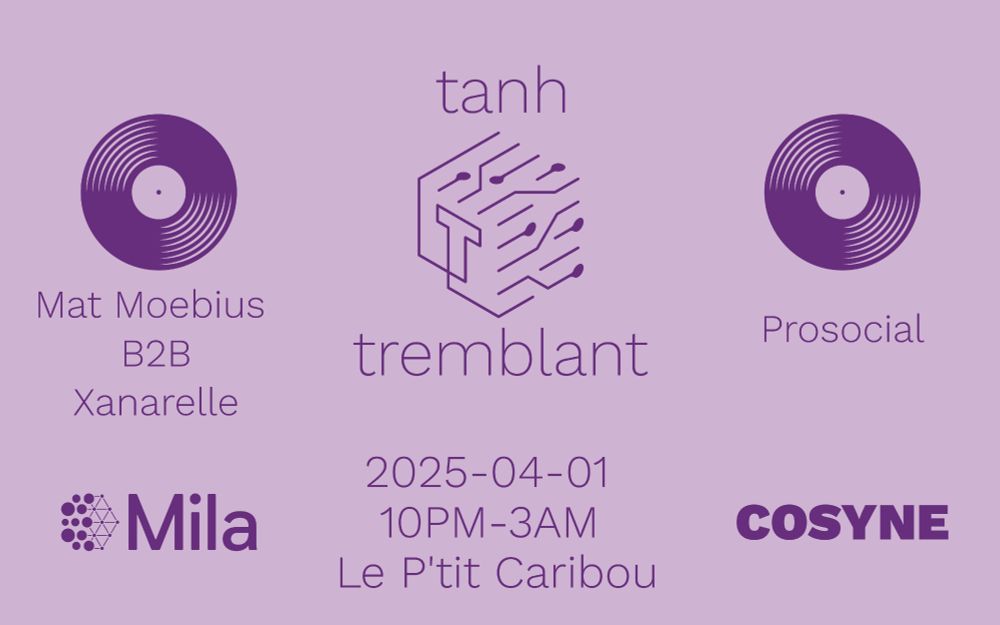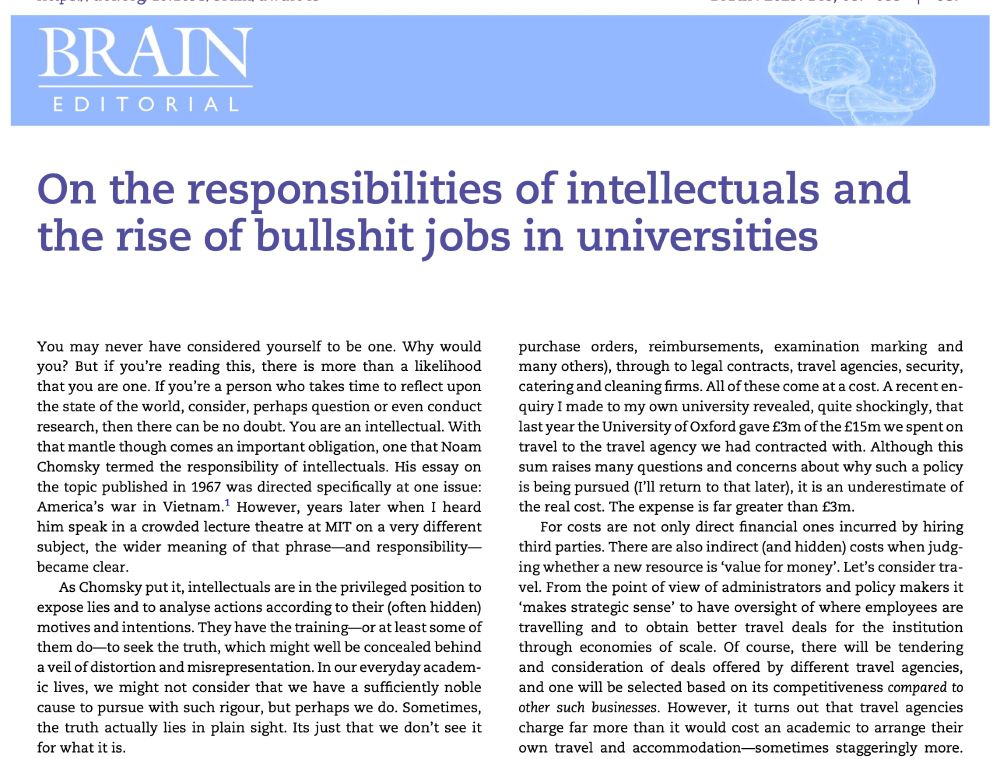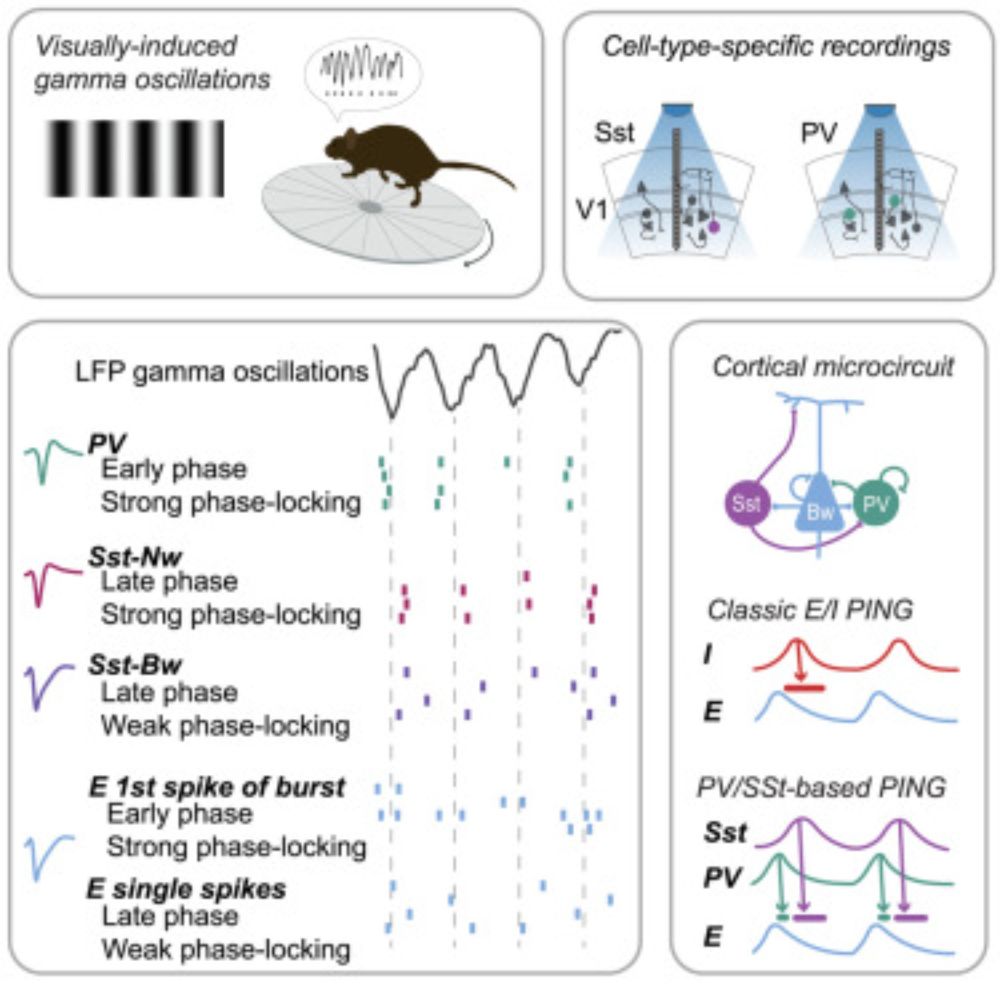Marius Schneider
@mariusschneider.bsky.social
250 followers
510 following
11 posts
Computational neuroscience Postdoc @bionicvisionlab.org @ucsantabarbara.bsky.social | former IMPRS PhD Student @Ernst Strüngmann Institute
https://schneidermarius.github.io/
Posts
Media
Videos
Starter Packs
Reposted by Marius Schneider
Reposted by Marius Schneider
Zero-Noise Lab
@zeronoiselab.bsky.social
· Jun 10
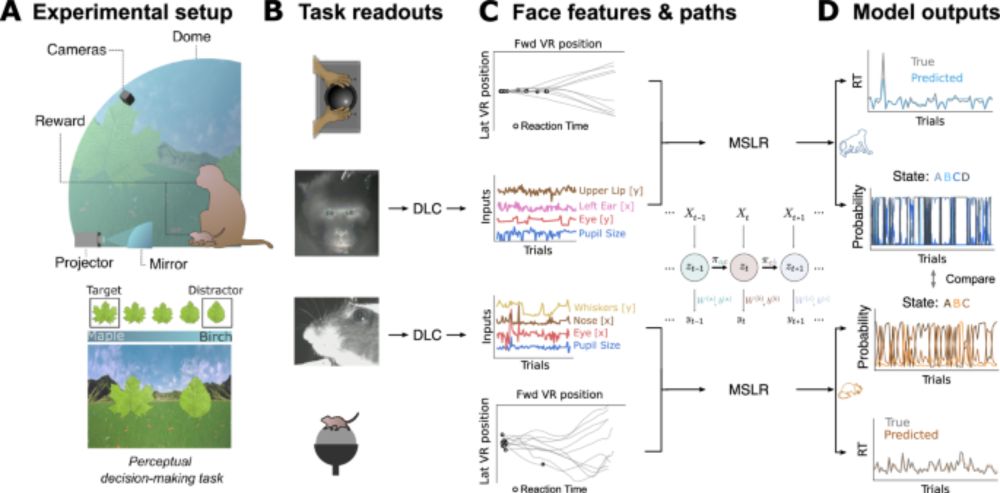
Inferring internal states across mice and monkeys using facial features - Nature Communications
Here, the authors created a virtual reality task for monkeys and mice to explore if internal states like attention are similar across species. Their facial expressions during the task were similar, su...
www.nature.com
Reposted by Marius Schneider
Paul Fairie
@paulisci.bsky.social
· May 27
Reposted by Marius Schneider
Reposted by Marius Schneider
Reposted by Marius Schneider
Reposted by Marius Schneider
Martin Vinck
@martinavinck.bsky.social
· Apr 10
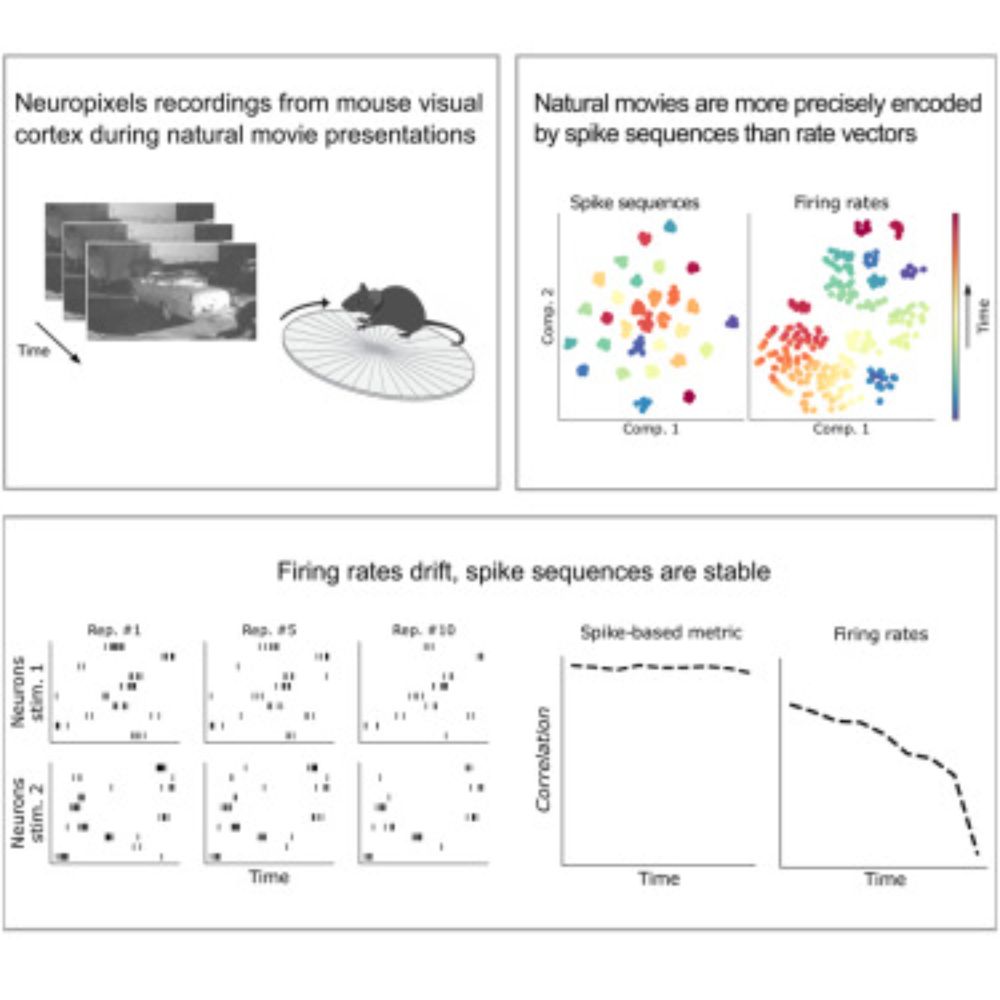
Firing rates in visual cortex show representational drift, while temporal spike sequences remain stable
Neural firing-rate responses to sensory stimuli show progressive changes both within and across sessions, raising the question of how the brain mainta…
www.sciencedirect.com
Reposted by Marius Schneider
Reposted by Marius Schneider
Reposted by Marius Schneider
Reposted by Marius Schneider
